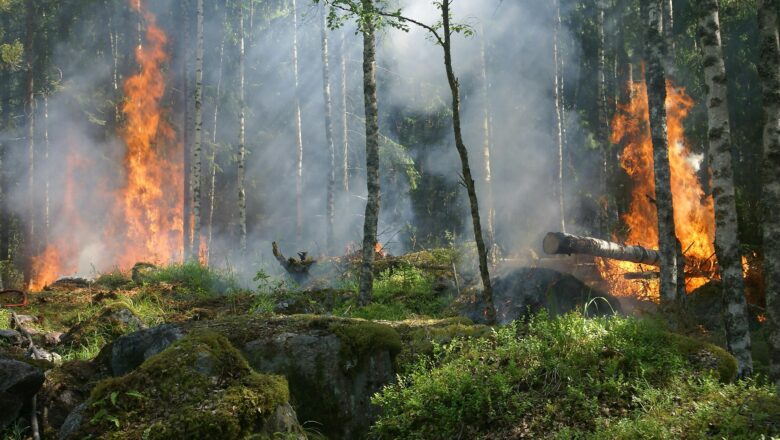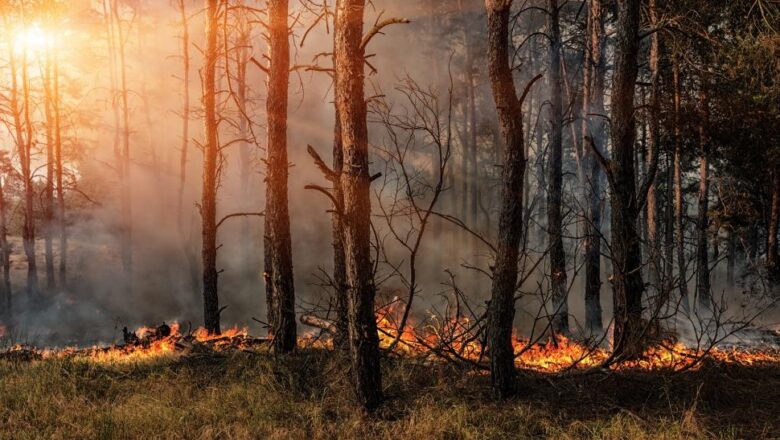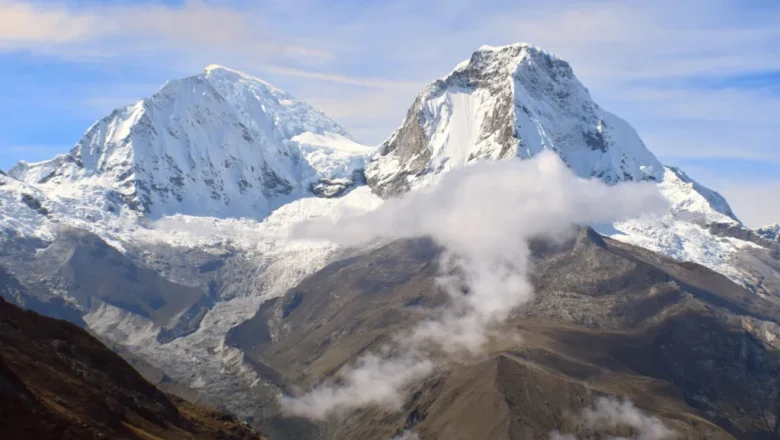
Wildfire smoke blankets one-third of U.S., raising health alarms
June 5, 2025 A dense blanket of wildfire smoke from more than 200 fires burning across Canada has shrouded nearly one-third of the United States, triggering widespread air quality alerts and renewed concerns about public health. The smoke, drifting from blazes in the Canadian provinces of Manitoba, Saskatchewan, and Alberta, has turned skies hazy and pushed toxic pollution levels to hazardous highs in parts of New England, New York, and the Midwest.
According to the National Weather Service's Weather Prediction Center, the smoke has spread from the Dakotas through the Ohio Valley and into the Northeastern states, reaching as far south as Georgia. While much of the smoke remains suspended in the upper atmosphere, areas like New York and Connecticut are experiencing a heavier concentratio...









